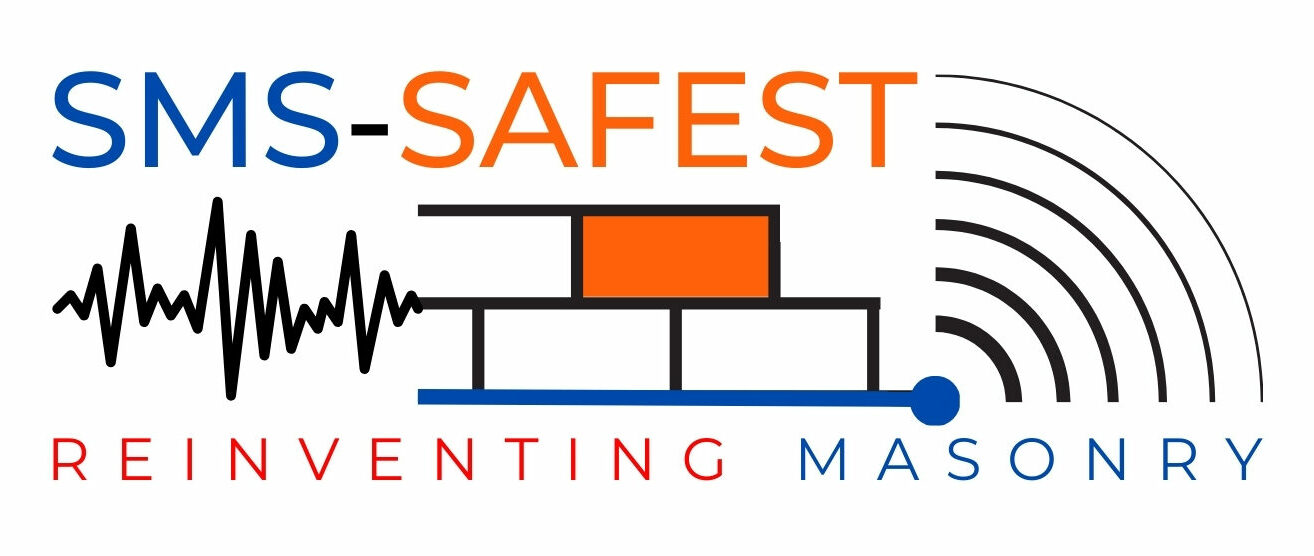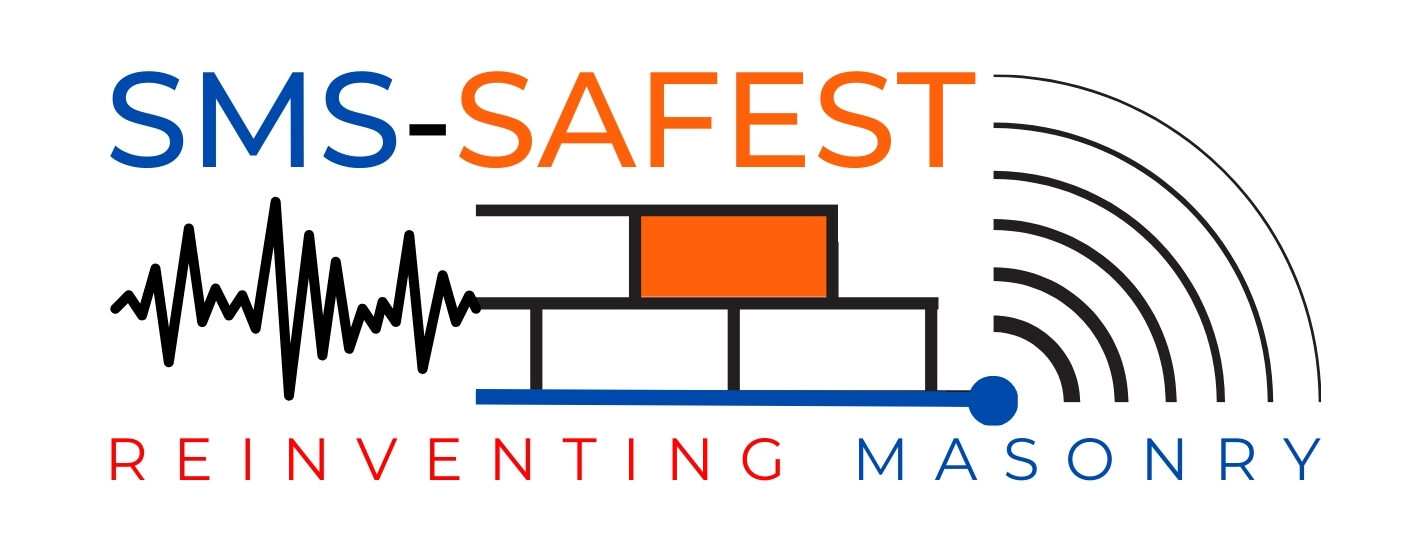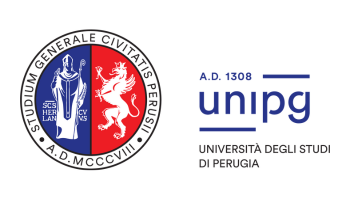Task 3.1 Post insertion of smart bricks.
Post-insertion of smart bricks will be first addressed through numerical simulations, aiming at understanding the role played by brick’s dimension and mortar expansion properties on the ability of the brick to provide information related to a change in the state of strain within the masonry under permanent loading conditions.
Task 3.2 Masonry repointing using smart mortar layers.
Structural assemblies with post-inserted superficial conductive mortar layers will be considered and numerically modeled to verify that cracks crossing the smart mortar layers can be effectively detected and localized by exploiting local changes in electrical conductivity through the multichannel measurement technique developed in Task 1.8.
Task 3.3 Design and construction of smart masonry structural models.
Task 3.3 will be devoted to designing and manufacturing the structural models used for the subsequent full-scale benchmark tests, including structural assemblies that can activate both in-plane and out-of-plane failures. These structural models will be initially made of normal masonry, while smart bricks will be inserted and smart mortar layers infilled after application of dead loads.
Task 3.4 Static tests.
Task 3.4 will be devoted to static tests on structural models (using both vertical and lateral loads), with the twofold purpose of (i) assessing the accuracy of strain data obtained using electrical responses acquired from smart mortar and smart bricks in sound conditions as compared to strains measured using off-the-shelf strain gauges or DIC and (ii) validating the proposed AI-based damage detection methods in presence of different failure mechanisms.
Task 3.5 Numerical simulations of destructive tests.
Numerical simulations of the static/dynamic non-linear response of structural models under lateral/earthquake loading will be carried out to anticipate the failure mechanisms and optimize number and location of smart bricks and smart mortar layers for an effective structural health assessment.
Task 3.6 Destructive tests.
Task 3.6 will be the final validation of the project demonstrating the ability of the developed smart masonry, including electronics and AI algorithms, at assessing the structural conditions immediately after an earthquake. This will be achieved by testing the previously built structural assemblies on a reaction wall with large lateral forces and/or on a shaking table reproducing earthquakes of increasing severities. These tests will serve as a proof-of-concept demonstration of how an online SHM system based on smart masonry will work in real scale conditions.





